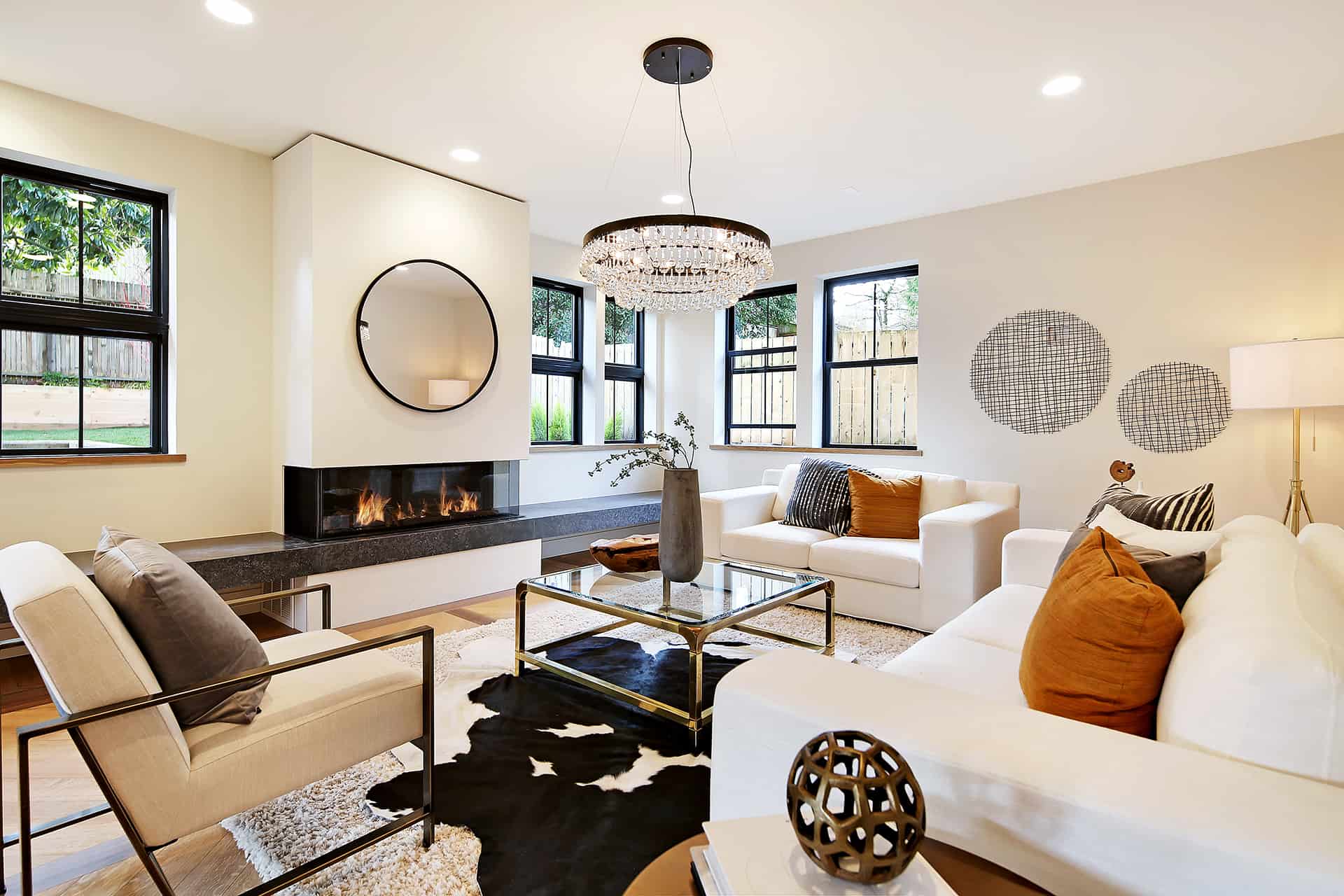

Articles
How Home Staging Helps You Sell Your House
Modified: August 26, 2024
Discover the power of home staging in selling your house with our insightful articles. Learn how to impress potential buyers and get the best price for your property.
(Many of the links in this article redirect to a specific reviewed product. Your purchase of these products through affiliate links helps to generate commission for Storables.com, at no extra cost. Learn more)
Introduction
When it comes to selling your house, first impressions matter. Potential buyers want to envision themselves living in a space that feels inviting, comfortable, and visually appealing. That’s where home staging comes in. Home staging is the art of strategically rearranging and decorating a property to showcase its best features and create an attractive appearance to potential buyers.
Home staging goes beyond just decluttering and cleaning up. It involves reimagining the space to highlight its potential and create a cohesive look that appeals to a broader range of buyers. By putting in a little effort and investment into staging your home, you can significantly increase its chances of selling quickly and at a higher price.
In today’s competitive real estate market, where buyers have numerous options to choose from, standing out is key. A professionally staged home can grab the attention of potential buyers and make a lasting impact, ensuring that your property remains in their minds long after they leave the viewing.
In this article, we will explore the benefits of home staging, the key principles to keep in mind, how to prepare your home for staging, and whether you should consider hiring a professional home stager or try a DIY approach. We will also discuss the importance of marketing your staged home effectively to reach a wider audience. So, let’s dive in and discover how home staging can help you sell your house!
Key Takeaways:
- Home staging enhances a property’s appeal, highlights key features, and creates a warm, welcoming environment, increasing the likelihood of a quick sale at a higher price in a competitive real estate market.
- Effective marketing, whether through professional photography, virtual tours, social media, or engaging with real estate agents, is crucial for maximizing the visibility and desirability of a staged home, attracting the right buyers for a successful sale.
Read more: What Home Improvements Help Sell A House?
What is Home Staging?
Home staging is the process of preparing and styling a property to make it more appealing to potential buyers. It is a strategic approach that involves enhancing the property’s best features, creating a welcoming atmosphere, and ensuring that it is presented in its best possible light.
The goal of home staging is to showcase the property’s potential and help buyers imagine themselves living there. By creating a visually pleasing and well-curated space, home staging can make a significant difference in how buyers perceive and connect with the property.
Home stagers typically work with the existing furnishings and accessories in the property, rearranging and styling them to create an inviting and cohesive look. They may also bring in additional furniture, artwork, and decor items to enhance the space further.
Every home staging project is unique, as it depends on factors such as the property’s style, size, target market, and budget. The staging process can range from simple decluttering and rearranging to full-scale transformations, including painting, minor repairs, and styling every room in the house.
It’s important to note that home staging is different from interior design or decorating. While interior design focuses on personalizing a space to suit the homeowner’s tastes and needs, home staging aims to create a neutral and universally appealing environment that will attract a wide range of potential buyers.
Home staging is not limited to just vacant properties. It can also be beneficial for occupied homes, where the stager works with the homeowner’s existing furniture and belongings. In these cases, the stager will focus on decluttering, organizing, and rearranging to create an appealing and spacious feel.
The ultimate goal of home staging is to make the property stand out in the competitive real estate market, attracting more buyers and potentially selling the property faster and at a higher price. By presenting a well-staged home, sellers can leave a positive and lasting impression on potential buyers, increasing the likelihood of a successful sale.
Benefits of Home Staging
Home staging offers a wide range of benefits to sellers looking to make their property more marketable. Let’s explore some of the key advantages:
- Increase the Appeal: By professionally staging your home, you can significantly enhance its visual appeal. Staging helps create an inviting and aspirational atmosphere that captures the attention of potential buyers and leaves a lasting impression. It allows them to envision themselves living in the space, increasing the emotional connection and likelihood of making an offer.
- Highlight Key Features: A well-staged home can effectively emphasize the property’s best features and unique selling points. Whether it’s a beautiful fireplace, a scenic view, or spacious open-concept living areas, staging can draw attention to these qualities and make them even more captivating.
- Maximize Space: Properly staging a home involves rearranging and decluttering to optimize the use of space. This can make rooms appear more spacious and functional, which is a highly desirable quality for potential buyers. When buyers can easily envision their own furniture and belongings in the space, it increases their interest and willingness to consider the property.
- Create a Warm and Welcoming Environment: Staging can help transform a cold and impersonal space into a warm and welcoming home. By incorporating tasteful furniture, accessories, and decor, stagers can create an environment that appeals to the lifestyle and aspirations of potential buyers. This emotional connection can make a significant impact on their decision-making process.
- Stand Out in the Market: In a competitive real estate market, staging gives your property a competitive edge. With numerous listings available, a professionally staged home is more likely to grab attention and stand out from the competition. It can attract more potential buyers and generate increased interest and offers.
- Higher Selling Price: Studies have shown that staged homes often sell for higher prices compared to non-staged homes. Staging allows sellers to showcase the full potential of their property, which can justify a higher asking price. Buyers are often willing to pay more for a home that feels well-maintained, move-in ready, and visually appealing.
Overall, home staging is an investment that can yield significant returns. By enhancing the appeal and marketability of your property, you increase the chances of selling quickly and at a higher price.
Key Principles of Home Staging
Effective home staging involves following certain key principles to ensure a successful transformation of your property. Here are some important principles to keep in mind:
- Depersonalize: One of the essential principles of home staging is to create a neutral and universally appealing space. This means removing personal items, such as family photos and personalized decor, to allow potential buyers to envision themselves living in the space.
- Declutter: Clutter can make a space feel chaotic and smaller than it actually is. Prioritize decluttering every room of your home, including closets and storage areas. Remove excess items, organize belongings, and create a clean and spacious environment.
- Highlight Functionality: Arrange furniture in a way that showcases the functionality of each room. Create clear pathways and define the purpose of each space. Ensure that buyers can easily navigate through the rooms and understand how they can use the space.
- Maximize Natural Light: Natural light can make a significant difference in how a space is perceived. Open curtains and blinds, clean windows to let in as much natural light as possible. If needed, consider using light-colored curtains or sheer fabrics to enhance the brightness and create an airy feel.
- Use a Neutral Palette: Opt for a neutral color palette when selecting paint colors, furniture, and decor items. Neutral tones create a calming and versatile backdrop that appeals to a wide range of buyers. They also make it easier for buyers to envision their own style and preferences in the space.
- Scale and Proportion: Pay attention to the scale and proportion of furniture and accessories in each room. Avoid placing oversized furniture in small spaces and vice versa. Ensure that the scale is balanced and the furniture arrangement complements the size of the room.
- Enhance Curb Appeal: First impressions matter, so don’t forget to stage the exterior of your home as well. Boost curb appeal by keeping the lawn well-maintained, tidying up the entrance, adding some potted plants or flowers, and making any necessary repairs to the exterior.
- Attention to Detail: From fresh flowers on the dining table to strategically placed accent pillows, paying attention to small details can elevate the overall look and feel of a staged home. These finishing touches can add warmth, personality, and a sense of completeness.
By following these key principles, you can create a well-staged home that appeals to a broader range of buyers, maximizes the potential of your property, and increases your chances of a successful sale.
Preparing Your Home for Staging
Before you begin the home staging process, it’s important to prepare your home to ensure a smooth and effective transformation. Here are some steps to take when getting your home ready for staging:
- Deep Clean: Start by giving your entire home a thorough cleaning. This includes scrubbing floors, dusting surfaces, cleaning windows, and freshening up carpets. A clean and well-maintained home sets the foundation for successful staging.
- Declutter and Depersonalize: Clear out excess items and personal belongings to create a clean and neutral canvas. Pack away personal photos, knick-knacks, and any items that may distract potential buyers. The goal is to create a space where buyers can envision their life, not yours.
- Maintain Repairs: Fix any minor repairs or damages before staging. Replace broken tiles, fix leaky faucets, and repair any damaged walls or flooring. Ensuring that everything is in good working order will leave a positive impression on potential buyers.
- Organize Storage Spaces: Buyers are not only interested in the main living areas; they also consider storage space. Clear out clutter from closets, cupboards, and garage spaces. Create an organized and spacious feel by utilizing storage solutions like bins, baskets, and shelves.
- Improve Lighting: Brighten up your home by maximizing natural light and supplementing it with artificial lighting. Replace burnt-out bulbs, clean light fixtures, and use lamps strategically to create a warm and welcoming ambiance.
- Neutralize Colors: If you have bold or outdated paint colors, consider repainting walls with neutral shades. Neutral colors create a blank canvas and appeal to a wider range of buyers. They also help create a sense of space and allow potential buyers to focus on the features of the room.
- Consider Staging for Target Market: Take the time to understand your target market and their preferences. Tailor your staging to appeal to their lifestyle and needs. For example, if your home is in a family-friendly neighborhood, stage rooms to showcase family-friendly features like a play area or study space.
- Address Odors: Eliminate any unpleasant odors that may deter potential buyers. Ensure your home smells clean and fresh by deep cleaning carpets, using air fresheners, and removing any lingering cooking or pet smells.
By following these steps, you will create a solid foundation for the staging process. Preparing your home in advance will not only impress potential buyers but also make it easier for the home stager to work their magic and showcase the full potential of your property.
Staging the Interior
When it comes to staging the interior of your home, there are several key elements to focus on to create a visually appealing and inviting space for potential buyers. Here are some tips for staging the interior of your home:
- Start with Curb Appeal: The first impression begins at the entrance. Make sure your foyer or entryway is welcoming and sets the tone for the rest of the home. Add a fresh coat of paint to the front door, place a welcome mat, and add some potted plants or flowers to create a welcoming atmosphere.
- Declutter Every Room: Remove any unnecessary items, furniture, and personal belongings from each room. Less is more when it comes to staging. Create a clean and spacious feel by only displaying essential furniture and decor items that enhance the space.
- Create Functional Spaces: Arrange furniture in a way that highlights the purpose of each room. Create clear pathways and ensure furniture placement maximizes the functionality and flow of the space. For example, position seating areas to encourage conversation and create a cozy atmosphere in the living room.
- Use Neutral Colors: Opt for a neutral color palette when staging the interior. Neutral tones create a fresh and modern backdrop that appeals to a wide range of buyers. Consider repainting walls or adding neutral-colored accessories to achieve a cohesive look.
- Add Stylish Accessories: Incorporate tasteful accessories and decor items that enhance the overall aesthetic of each room. Use accent pillows, throws, artwork, and strategically placed accessories to add pops of color and visual interest. These details can create a sense of warmth and style.
- Layer Lighting: Lighting plays a crucial role in staging. Maximize natural light by opening curtains and blinds, but also pay attention to artificial lighting. Use a combination of ambient, task, and accent lighting to create a well-lit and inviting atmosphere throughout the home.
- Stage the Master Bedroom: The bedroom is a key selling feature, so pay extra attention to staging this space. Make the bed the focal point by using luxurious bedding, accent pillows, and a stylish headboard. Clear any clutter from dressers and nightstands, and create a calming and inviting atmosphere.
- Enhance the Bathroom: Clean and declutter the bathroom, and add small touches to enhance its appeal. Replace worn-out towels with fresh, fluffy ones. Add decorative elements like candles, plants, or a spa-like scent to create a relaxing ambiance.
- Showcase Storage Space: Storage is a high-priority for buyers. Showcase the storage potential of your home by organizing closets and cabinets. Keep them tidy and consider using storage solutions like bins or baskets to create a sense of organization and ample space.
Remember, the goal is to create a space that potential buyers can easily imagine living in. By following these staging tips, you can create a visually captivating interior that highlights the best features of your home and appeals to a wide range of potential buyers.
When staging your home, focus on decluttering, depersonalizing, and creating a neutral, inviting atmosphere. This allows potential buyers to envision themselves living in the space.
Staging the Exterior
Just like staging the interior, staging the exterior of your home is crucial for making a positive first impression and attracting potential buyers. Here are some tips for staging the exterior:
- Enhance Curb Appeal: Start by focusing on the curb appeal of your home. Ensure that the front yard is well-maintained, including manicured lawns, trimmed hedges, and well-kept flower beds. Consider adding potted plants or colorful flowers near the entrance to make it more inviting.
- Exterior Repairs: Make any necessary repairs to the exterior of your home. Patch cracks in the driveway or walkway, repair or replace damaged siding or shingles, and fix any broken or outdated fixtures. These small repairs can make a big difference in how your home is perceived.
- Pressure Wash: Give your home’s exterior a thorough pressure wash to remove dirt, grime, and mildew. This will instantly freshen up the appearance and make your home look well-maintained.
- Paint: If your home’s exterior paint is faded or outdated, consider repainting it to give it a refreshed look. Choose a neutral color scheme that complements the style of the home and appeals to a broader range of buyers.
- Front Door: The front door is the focal point of the exterior. Ensure that it is in great condition, and consider giving it a fresh coat of paint if necessary. Make sure the hardware is clean and polished, and add a decorative wreath or a welcome sign to create a warm and inviting entrance.
- Outdoor Living Spaces: Highlight any outdoor living spaces you have, such as a patio or deck. Clean and arrange furniture to create an inviting area for potential buyers to imagine themselves enjoying outdoor activities or entertaining guests.
- Lighting: Outdoor lighting can add a charming and inviting touch to your home’s exterior. Consider adding pathway lighting, accent lighting for landscaping, and well-placed outdoor fixtures to enhance the nighttime appeal and security of your property.
- Garden and Landscaping: Ensure that your garden and landscaping are well-maintained. Trim bushes and trees, weed flower beds, and plant colorful flowers or plants to add vibrancy. A well-groomed garden can create a visually appealing backdrop for your home.
- Street Appeal: Take a step back and assess the street appeal of your home. Consider how it looks from the street and make any necessary improvements. This includes repairing or repainting the mailbox, cleaning visible gutters, and removing any debris or clutter.
Remember, potential buyers form their first impression of your home based on its exterior. By showcasing a well-maintained, inviting, and visually appealing exterior, you can create a positive and memorable impression that encourages buyers to explore further.
Hiring a Professional Home Stager
While DIY home staging can be a feasible option for some sellers, hiring a professional home stager can take your staging efforts to the next level. Here are some reasons why you might consider hiring a professional home stager:
- Expertise and Experience: Professional home stagers have the expertise and knowledge to create a visually appealing and marketable space. They understand current design trends, know how to highlight the best features of your home, and have experience working with different types of properties and target markets.
- Objective Eye: Home stagers have an objective eye and can view your home from the perspective of potential buyers. They can identify areas that need improvement, suggest room layouts, and make recommendations on furniture placement and decor selection.
- Access to Resources: Professional home stagers have access to a wide range of resources, including furniture, artwork, and decor items. They can bring in the necessary items to enhance the overall look of your home, making it more appealing to potential buyers.
- Efficiency and Time-Saving: Staging a home can be time-consuming and overwhelming, especially if you have a busy schedule. Hiring a professional stager allows you to focus on other aspects of the selling process while they handle the staging process efficiently and effectively.
- Increased Marketability: A professionally staged home has a higher likelihood of attracting potential buyers and standing out from the competition. Stagers know how to create a space that appeals to a broad range of buyers, increasing the marketability of your property.
- Potential Higher Sale Price: The investment in professional home staging can potentially result in a higher sale price. A well-staged home can create a positive impression and justify a higher asking price, as buyers perceive it to be move-in ready and well-maintained.
When hiring a professional home stager, it’s essential to do your research. Look for stagers with a proven track record, positive client testimonials, and examples of their previous work. Discuss your goals, budget, and timeline with potential stagers to ensure they align with your needs.
It’s important to note that while hiring a professional home stager comes with a cost, the potential benefits and returns can outweigh the investment. Consider it as a worthwhile investment in marketing your home and maximizing its potential.
DIY Home Staging Tips
If you’re up for the challenge and want to save some money, you can take a DIY approach to home staging. Here are some tips to help you effectively stage your home on your own:
- Declutter and Clean: Start by decluttering and cleaning every room in your home. Get rid of any unnecessary items, pack away personal belongings, and thoroughly clean each space. A clean and clutter-free home creates a great foundation for staging.
- Neutralize Colors: Consider painting walls in neutral tones to create a blank canvas that appeals to a broad range of buyers. Neutral colors also make your space appear larger and allow potential buyers to visualize their own style in the home.
- Arrange Furniture: Rearrange furniture to create an open and spacious feel. Consider the flow of each room and how furniture placement can optimize the functionality and appeal of the space. Remove any oversized or unnecessary furniture to create more room.
- Use Natural Light: Maximize natural light by opening curtains and blinds. Clean windows to let in as much light as possible. Natural light creates a warm and inviting atmosphere that appeals to potential buyers.
- Add Stylish Accessories: Incorporate tasteful accessories and decor items to enhance the overall aesthetic. Use accent pillows, throws, and artwork to add pops of color and visual interest. Keep it simple and avoid personal or quirky decorations.
- Stage the Master Bedroom: Pay extra attention to staging the master bedroom. Make the bed look inviting with fresh linens, accent pillows, and a tasteful throw. Clear off surfaces and create a calm, relaxing atmosphere that encourages potential buyers to envision themselves in the space.
- Enhance Bathrooms: Clean and declutter bathrooms, and add small touches to enhance their appeal. Replace worn-out towels with fresh ones, add a new shower curtain, and consider adding decorative elements like candles or plants to create a spa-like ambiance.
- Boost Curb Appeal: Make a good first impression by enhancing your home’s curb appeal. Trim hedges, mow the lawn, and add colorful flowers or plants near the entrance. Ensure the front door and porch are clean and welcoming.
- Organize Storage Spaces: Showcase the storage potential of your home by organizing closets and cabinets. Clear out unnecessary items and utilize storage solutions like bins or baskets to create a sense of organization and space.
- Pay Attention to Details: Finally, don’t forget the small details. Clean and polish fixtures, replace burnt-out light bulbs, and ensure that everything is in good working order. These small touches can make a big difference in how your home is perceived.
Remember, while DIY staging takes some effort and creativity, it can help make your home more marketable and attractive to potential buyers. Just take it one step at a time, focus on creating a clean and neutral aesthetic, and showcase the best features of your home.
Marketing Your Staged Home
Once your home is staged and ready to impress potential buyers, it’s important to implement effective marketing strategies to reach a wider audience. Here are some tips for effectively marketing your staged home:
- Professional Photography: Invest in professional photography to showcase your home in its best light. High-quality photos that capture the staging and highlight the key features of each room will grab the attention of potential buyers online and in marketing materials.
- Create a Virtual Tour or Video: In addition to photography, consider creating a virtual tour or video of your staged home. This allows potential buyers to get a better sense of the layout and flow of the property, even if they can’t physically visit it right away.
- Online Listings: Ensure your online listings are accurate, comprehensive, and visually appealing. Include detailed descriptions of your home’s features and highlight the staging efforts. Use keywords that potential buyers might search for to increase visibility in online searches.
- Social Media Promotion: Leverage social media platforms to promote your staged home. Share high-quality photos or videos, along with compelling captions, on platforms like Facebook, Instagram, and Twitter. Engage with potential buyers by responding to comments and inquiries promptly.
- Open Houses and Showings: Host well-organized and inviting open houses to give potential buyers the opportunity to view your staged home in person. Ensure that the property is clean, well-lit, and that staging is properly maintained during showings.
- Collateral Materials: Create visually appealing brochures or flyers showcasing your staged home. Highlight the key features, staging efforts, and any unique selling points. Make sure to place these materials at the property for potential buyers to take with them.
- Engage with Real Estate Agents: Reach out to real estate agents in your area and provide them with information about your staged home. Real estate agents often have clients who are actively looking for properties, and they can help market your home to their client base.
- Online Advertising: Consider running targeted online advertising campaigns to increase the visibility of your staged home. You can set specific targeting parameters to reach potential buyers who fit your target market, increasing the chances of attracting interested parties.
- Showcase Before and After Photos: If you have before and after photos showing the transformation of your home through staging, use them to showcase the impact of your efforts. This can help potential buyers appreciate the value and appeal of your staged home.
- Attend Real Estate Events: Network and promote your staged home by attending local real estate events, such as homebuyer seminars or industry conferences. This can help you connect with industry professionals and potential buyers who may be interested in your property.
Remember, effective marketing is essential to attract the right buyers to your staged home. By implementing a combination of online and offline strategies, you can maximize the visibility and desirability of your property, increasing your chances of a successful sale.
Final Thoughts
Home staging can be a valuable tool in selling your house quickly and at a higher price. By strategically arranging and decorating your property, you can create a visually appealing and inviting space that captures the attention of potential buyers. Whether you choose to hire a professional home stager or take the DIY route, incorporating staging principles can greatly improve your chances of a successful sale.
Remember, the key principles of home staging include decluttering, depersonalizing, highlighting key features, and creating functional and visually appealing spaces. Paying attention to details, such as lighting, neutral colors, and curb appeal, can make a significant impact on how buyers perceive your home.
Marketing your staged home effectively is crucial for attracting a wide range of potential buyers. Utilize professional photography, create virtual tours or videos, leverage social media platforms, and engage with real estate agents to maximize visibility. Open houses, online listings, and collateral materials also play a vital role in showcasing your staged home to interested parties.
Ultimately, home staging is an investment that offers a variety of benefits, including increased appeal, highlighting the best features, and potentially commanding a higher selling price. Whether you decide to hire a professional or take on the task yourself, the effort and attention to detail put into staging your home is sure to pay off in a successful and swift sale.
So, take the time to properly prepare and stage your home, and make sure to market it effectively to reach a wider audience. By doing so, you can increase the chances of selling your house quickly and at a higher price, allowing you to move on to your next chapter with confidence.
Frequently Asked Questions about How Home Staging Helps You Sell Your House
Was this page helpful?
At Storables.com, we guarantee accurate and reliable information. Our content, validated by Expert Board Contributors, is crafted following stringent Editorial Policies. We're committed to providing you with well-researched, expert-backed insights for all your informational needs.
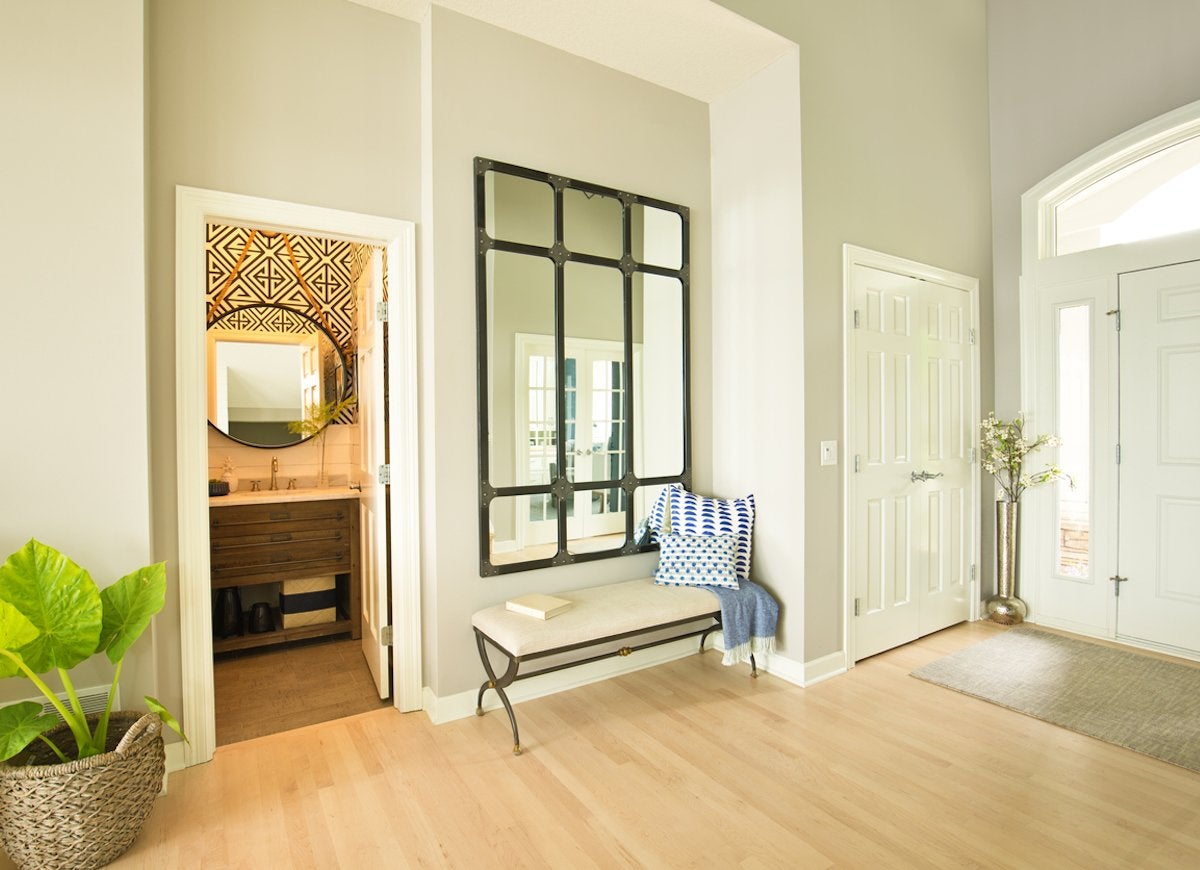
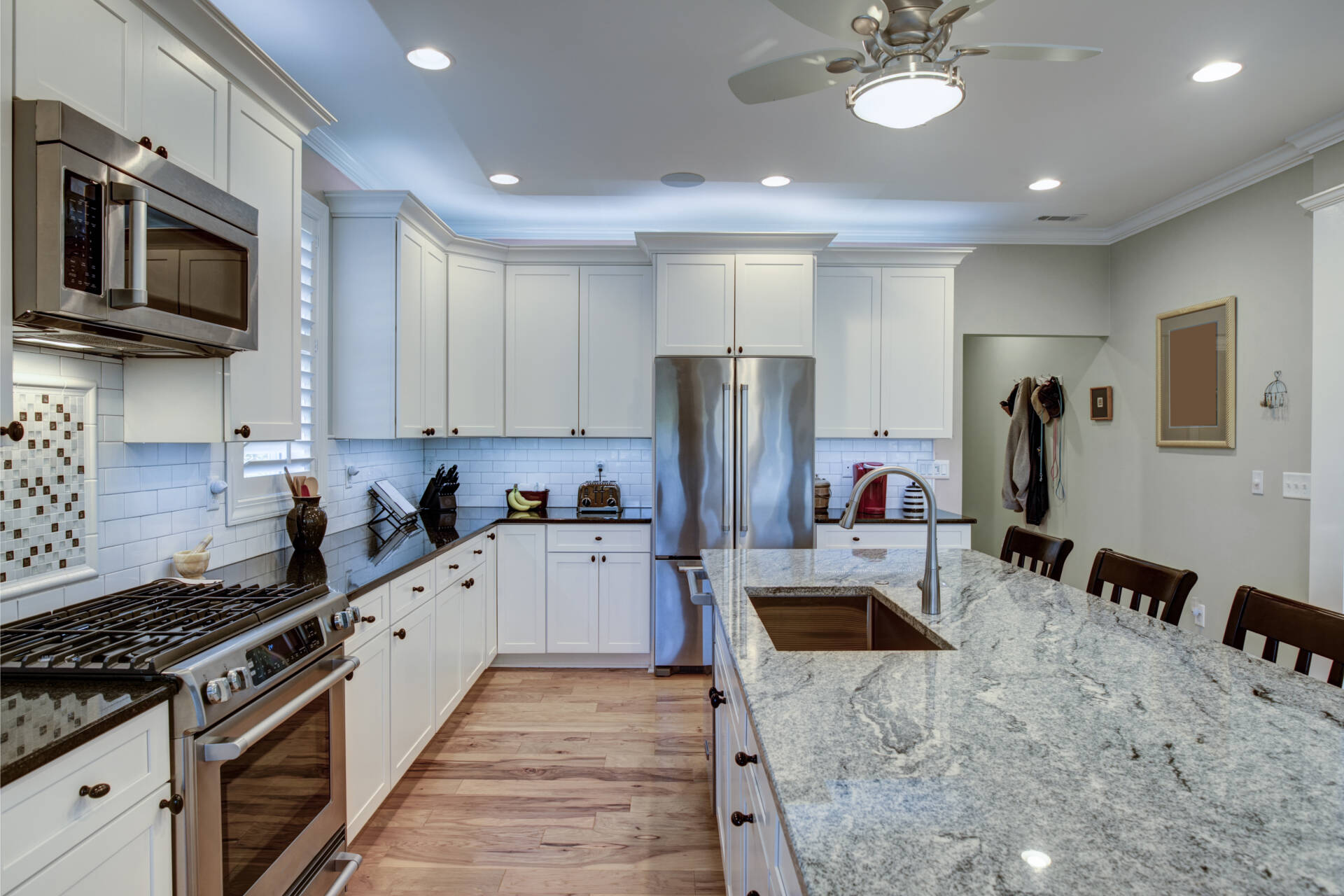

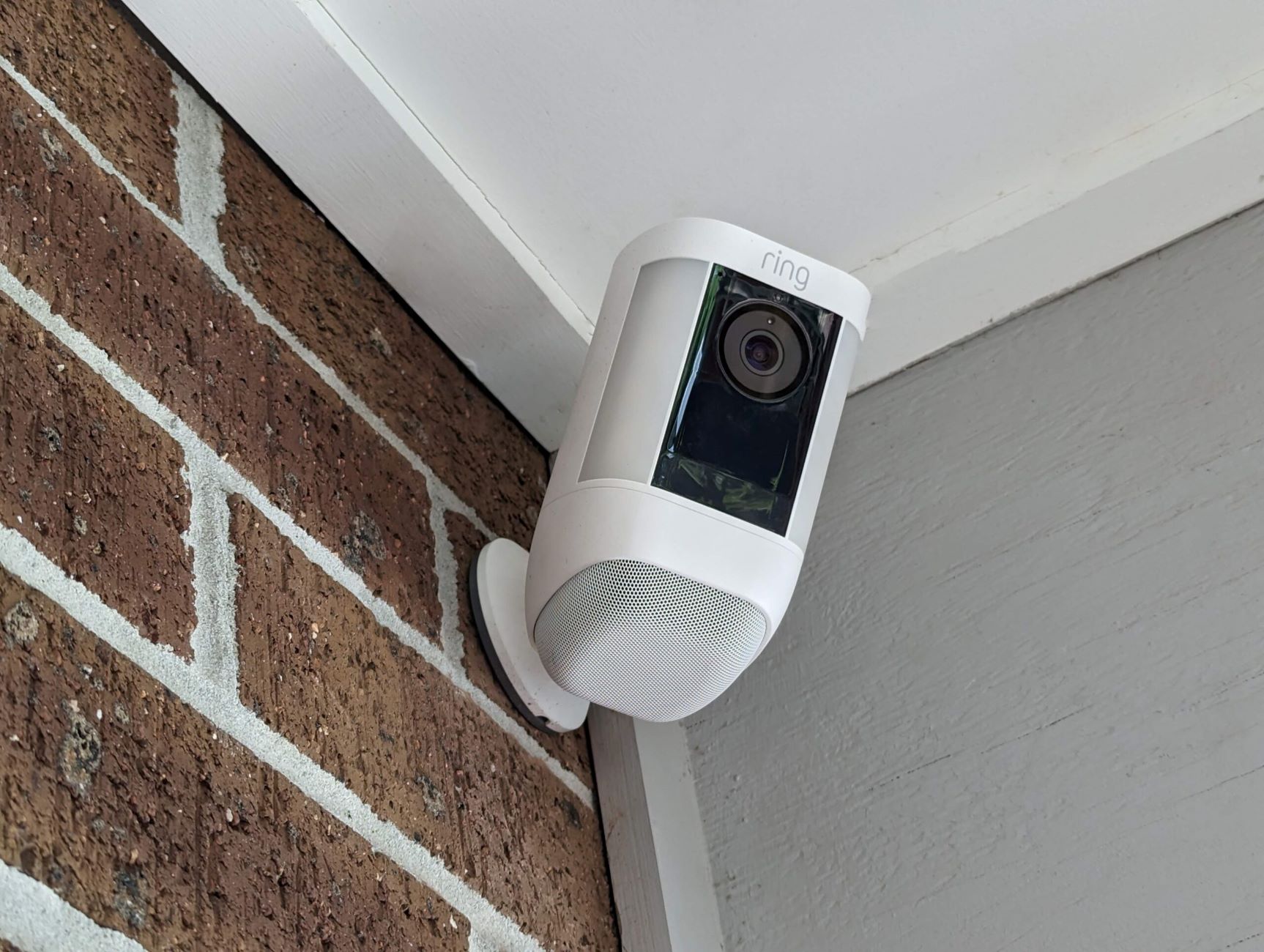
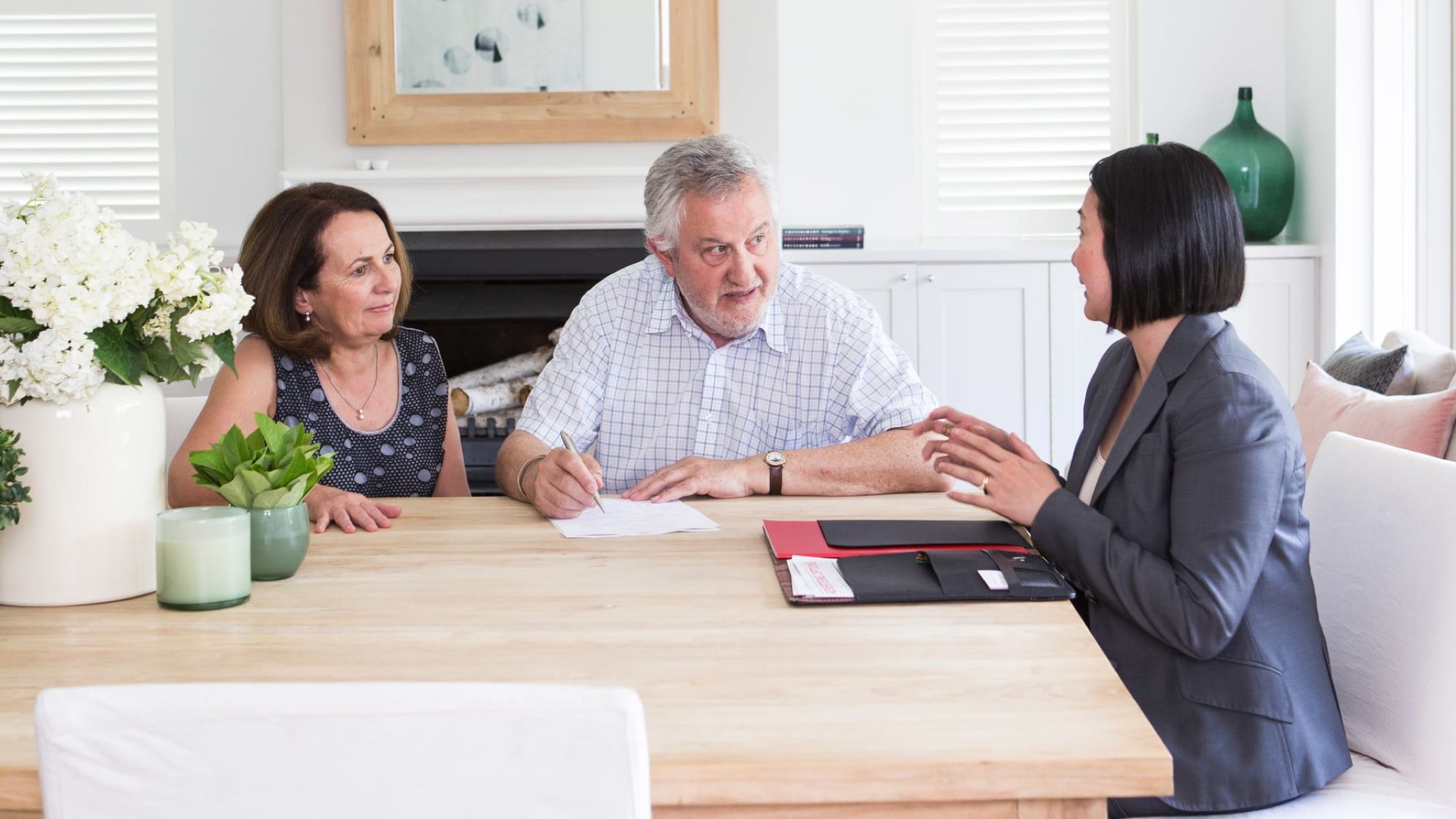
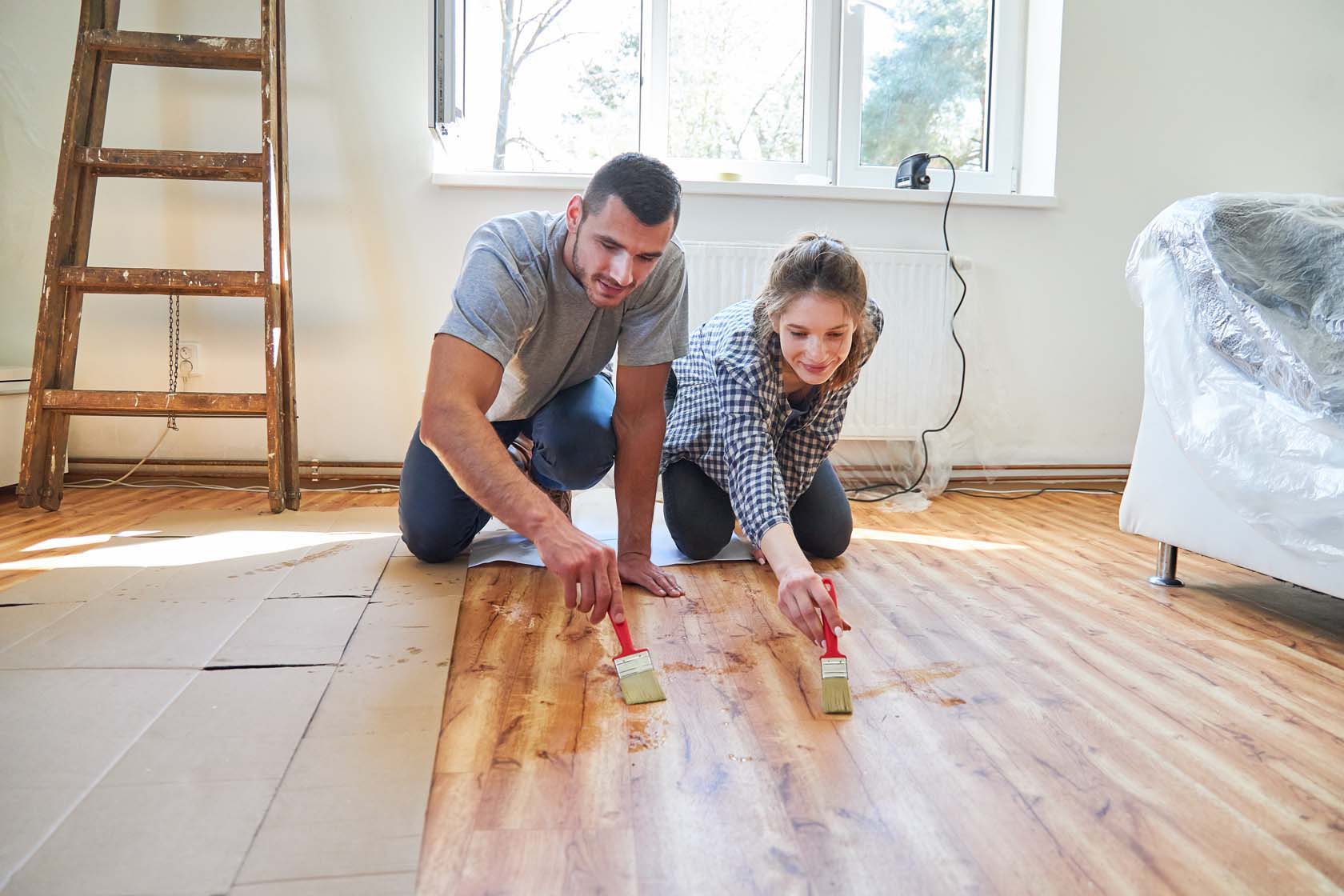

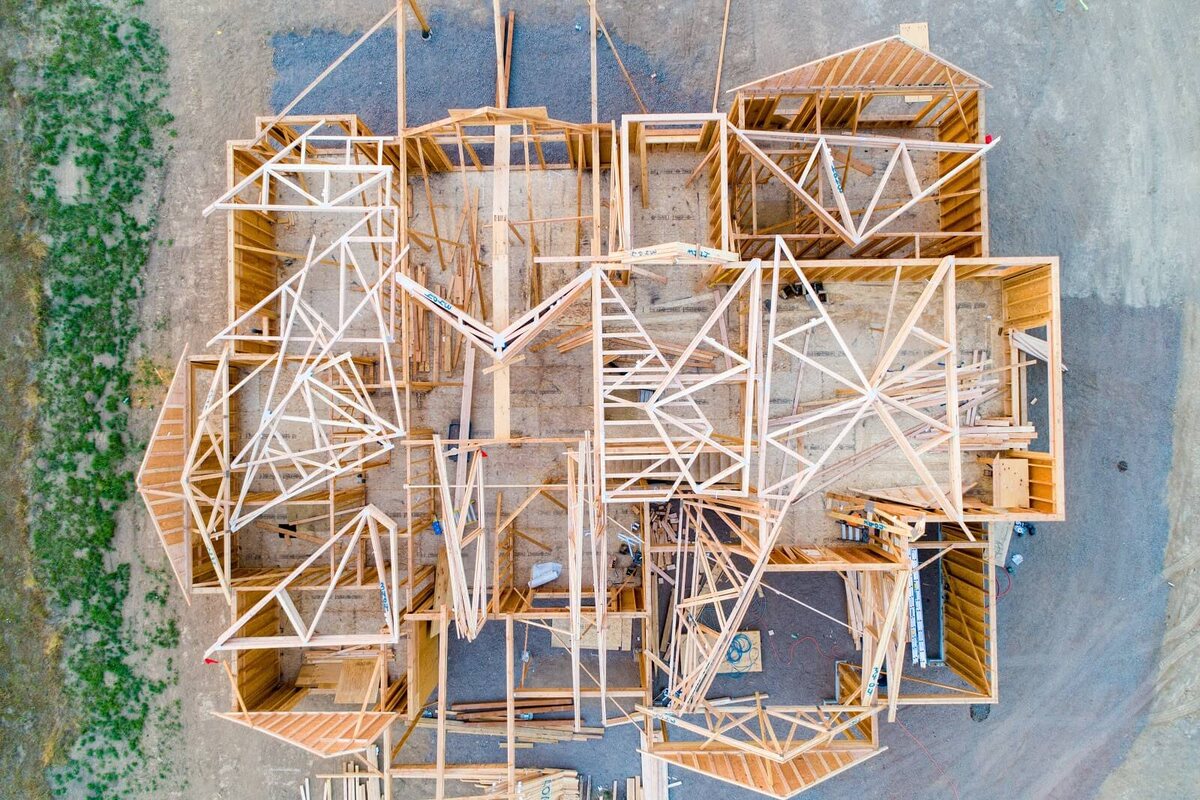
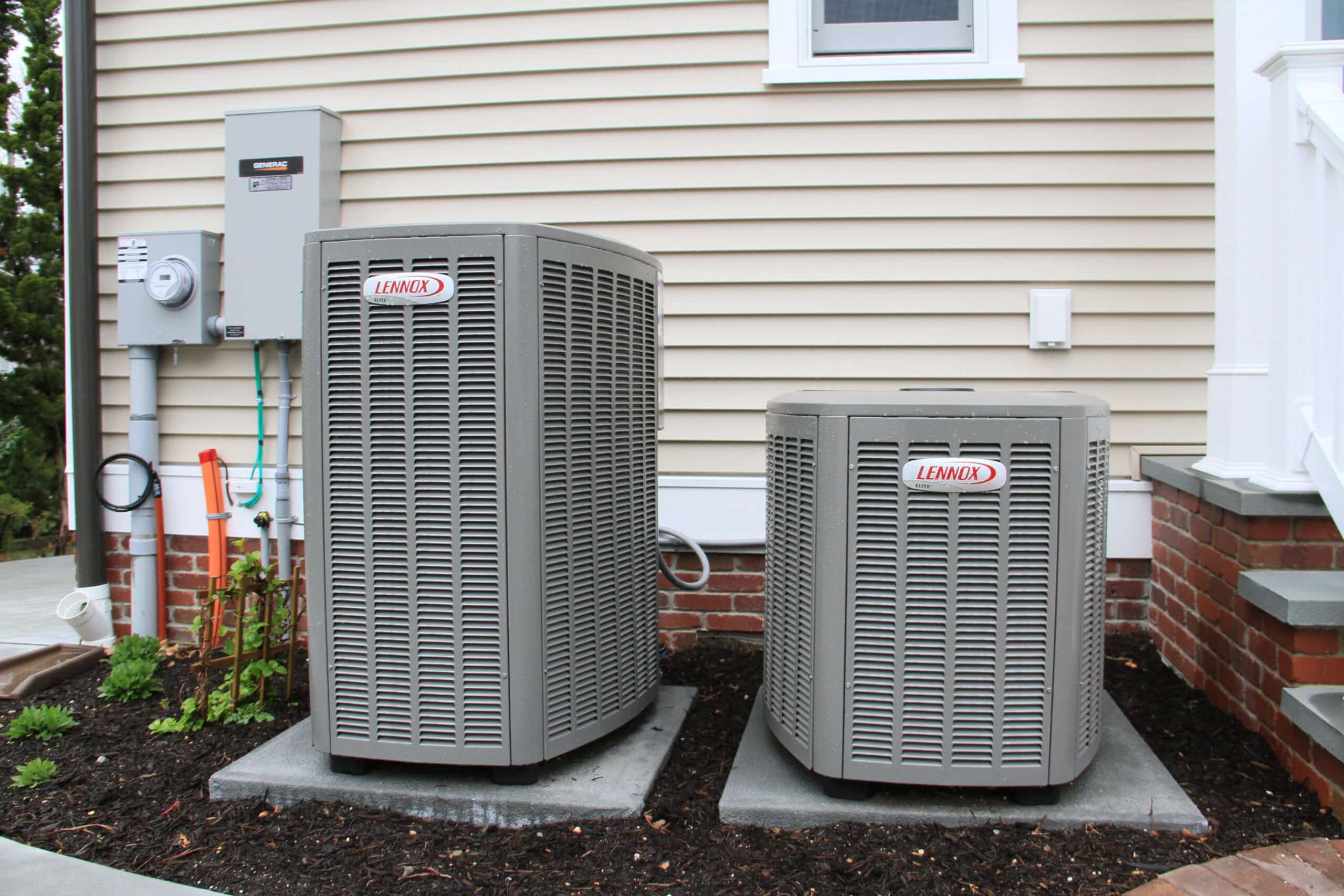
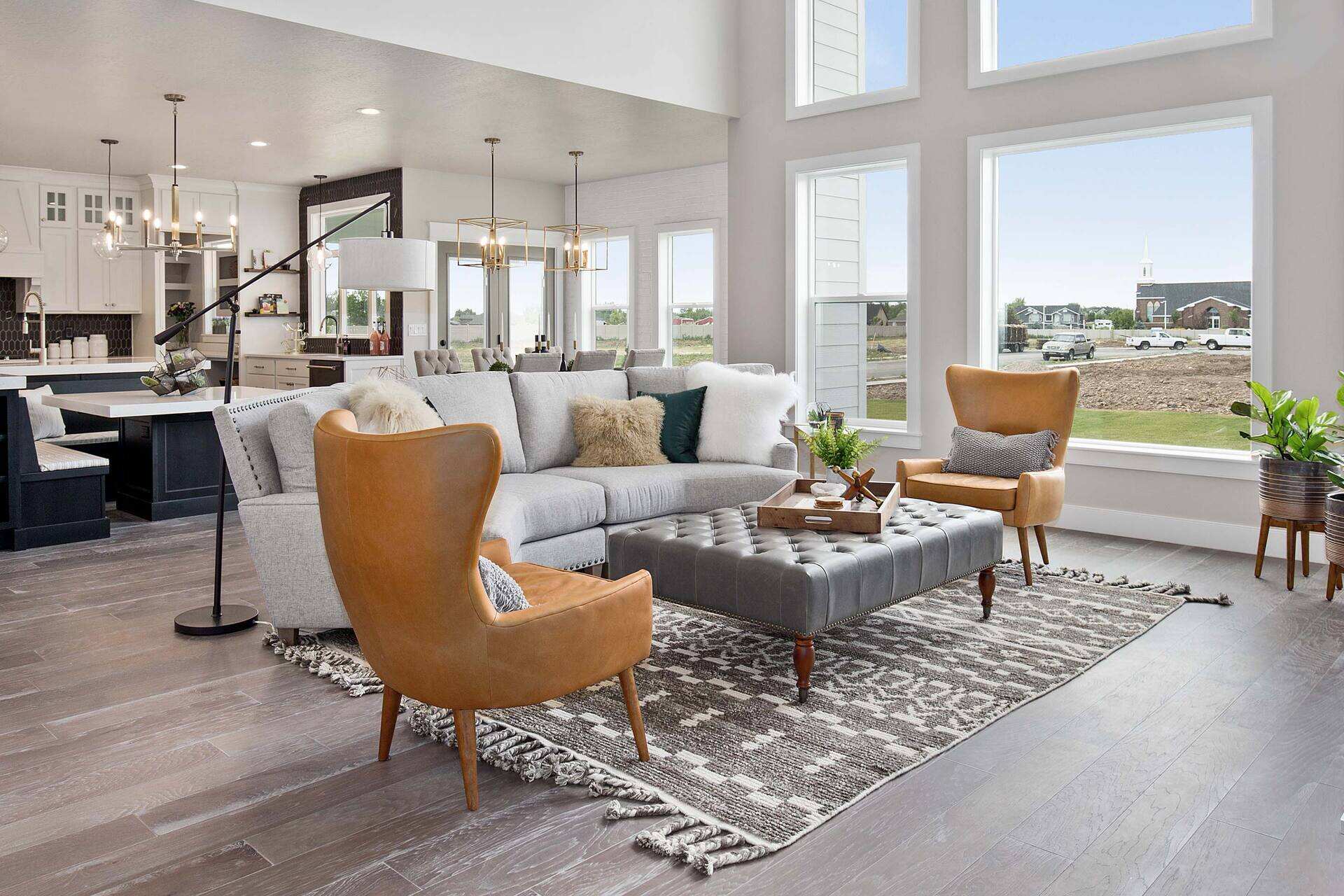
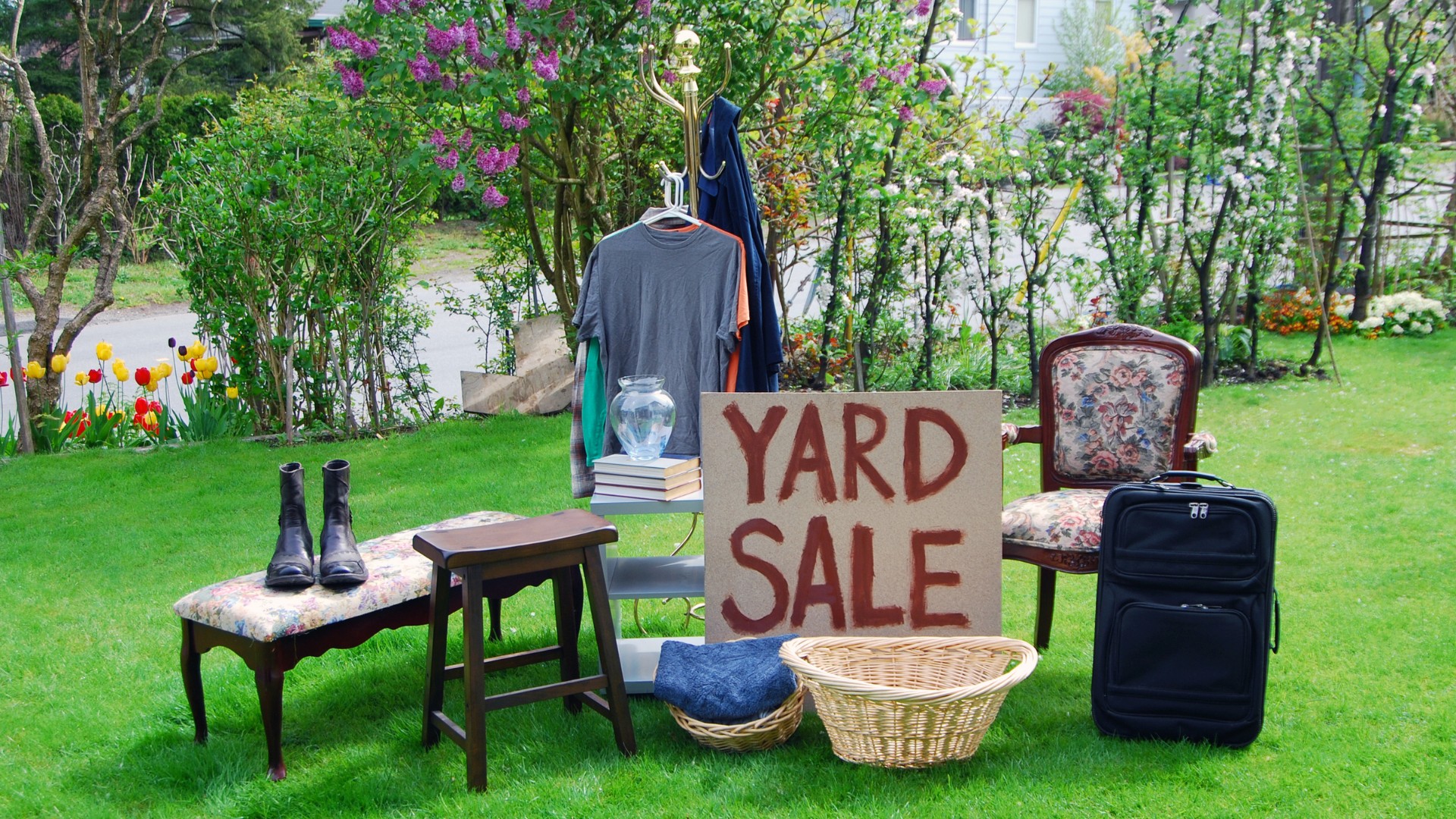
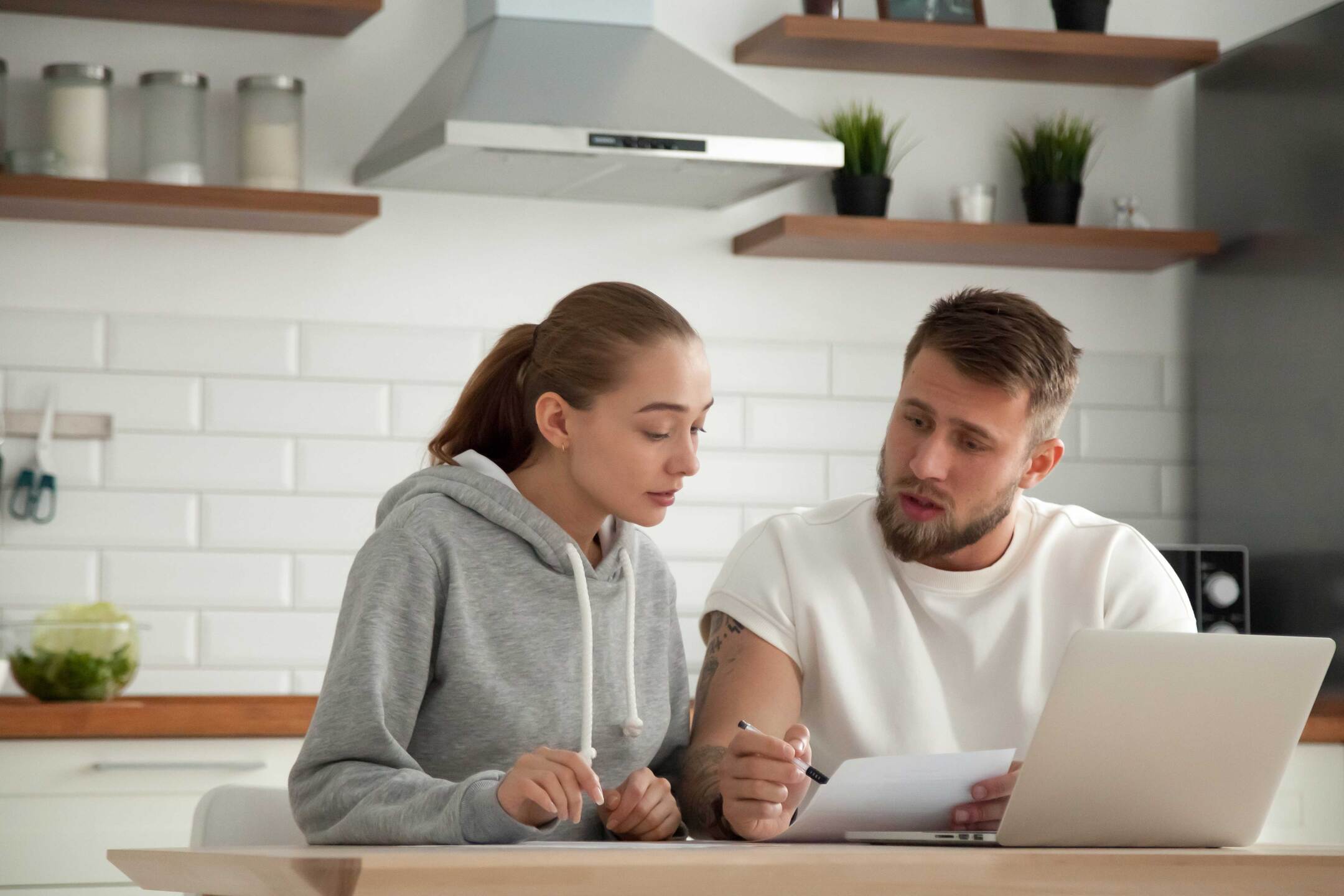
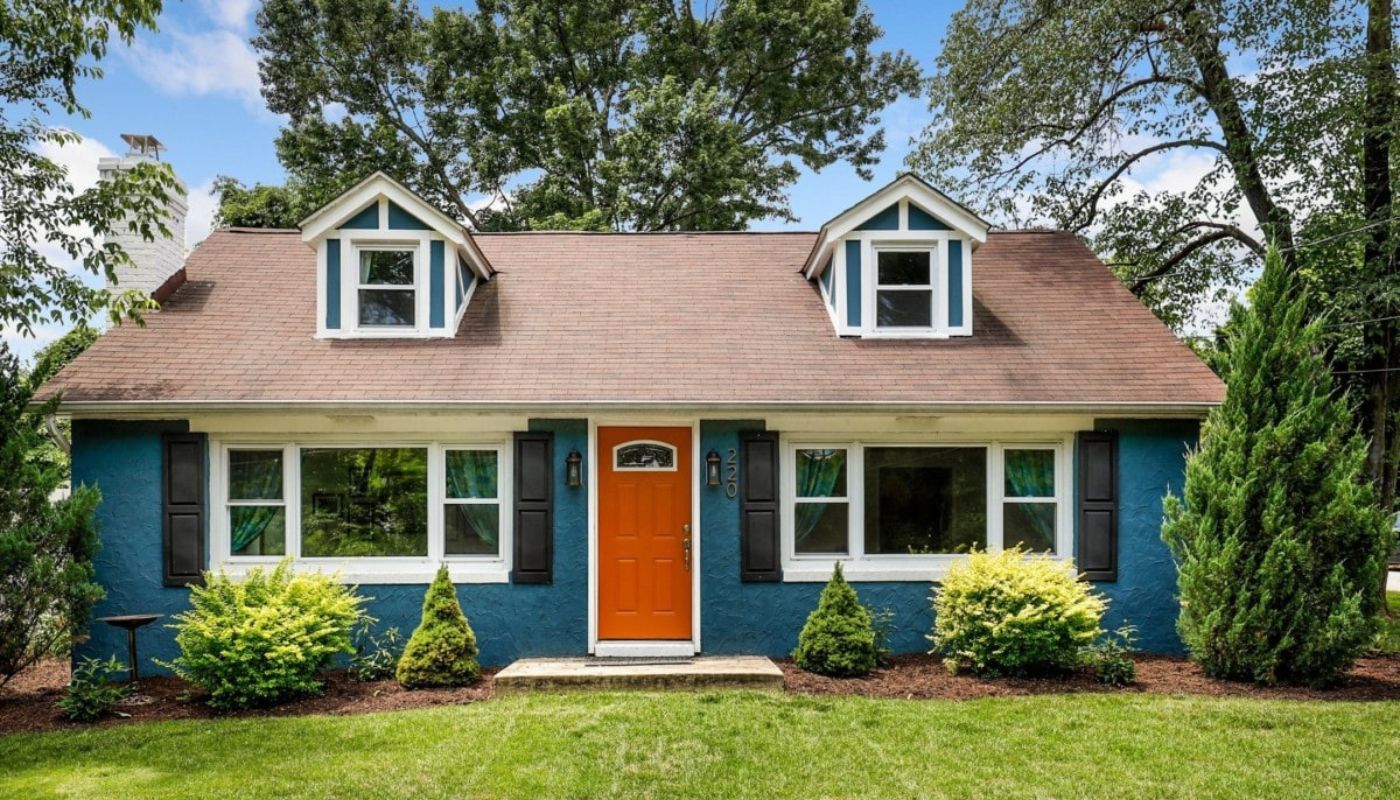

0 thoughts on “How Home Staging Helps You Sell Your House”